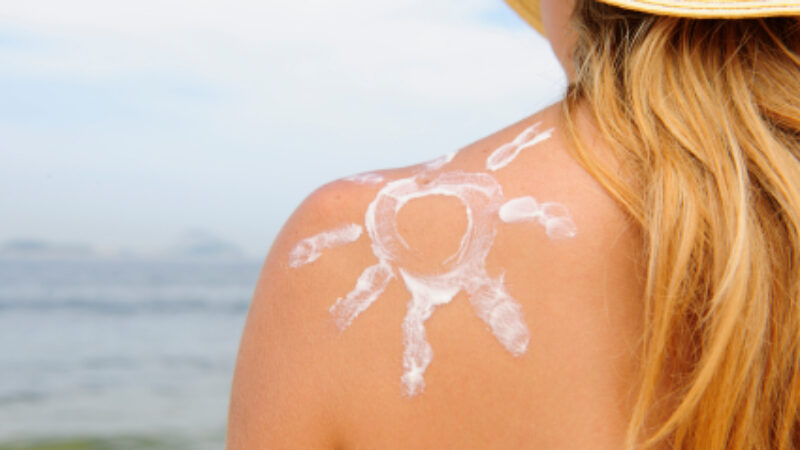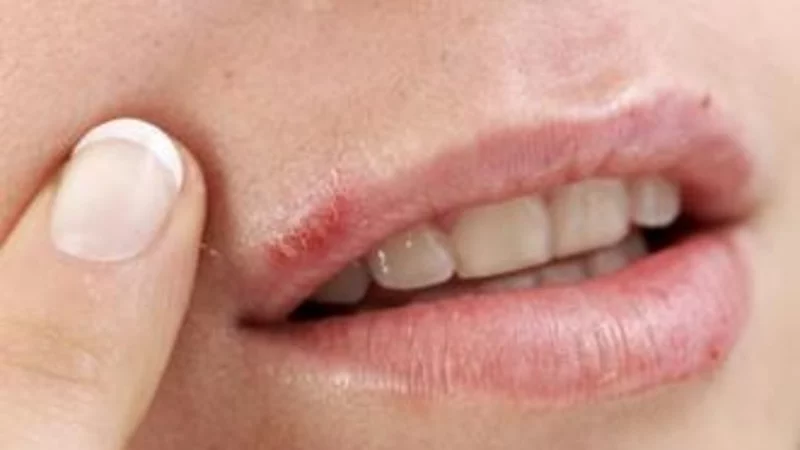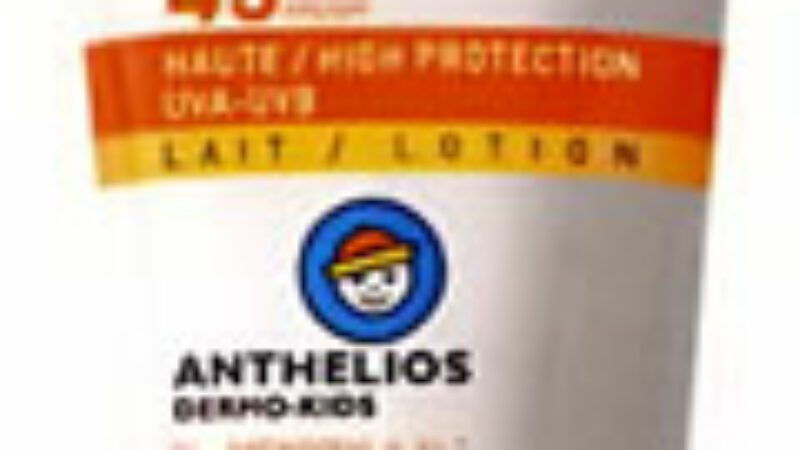It’s that time of year again (the sun is shining more strongly…) and while I’ve outlined the ABCs of skin cancer in an earlier blog posting, it’s certainly a topic important enough to cover again.
The most common of all types of cancers, skin cancer is also one of the easiest to treat if it is caught early enough. There are many different types of skin cancer, with the main ones being basal cell and squamous cell carcinomas. Melanoma is less common, but the more serious kind. However, it too can be treated if caught early enough.
The ABCDE system has been developed by skin care professionals to help individuals detect the signs of skin cancer when it comes to moles or other patches of discolored skin:
* Asymmetry – Refers to whether the mole is uniform in appearance. If one half does not match the other half, it could signal a problem
* Border – The border of a mole should be smooth and distinct. If it appears ragged, you should have it checked
* Color – If a mole is black or red, it could develop into a melanoma
* Diameter – A mole’s diameter shouldn’t exceed that of a pencil eraser
* Elevation – Note how raised a mole is. While most moles are slightly elevated from the skin, abnormally-raised moles can potentially develop into skin cancer.
Perform self exams once a month and have your dermatologist or doctor perform an annual check as well.
Sun Protection is Paramount
In addition to watching out for skin changes, one of the best things you can do is to protect yourself from UVA and UVB rays. About 90 percent of non-melanoma cancers are thought to be associated with unprotected exposure to UV rays:
* Avoid the sun during its peak hours between 10 am and 4 pm
* Cover up with long sleeves, hats and sunglasses
* Seek shade
* When you can’t avoid the sun, use a broad spectrum UVA and UVB blocking sunscreen with a minimum 30 SPF as found in Anthelios sunscreens, Ombrelle sunscreens or Keys Solar Rx.
Visit the Skin Cancer Foundation for more tips.




